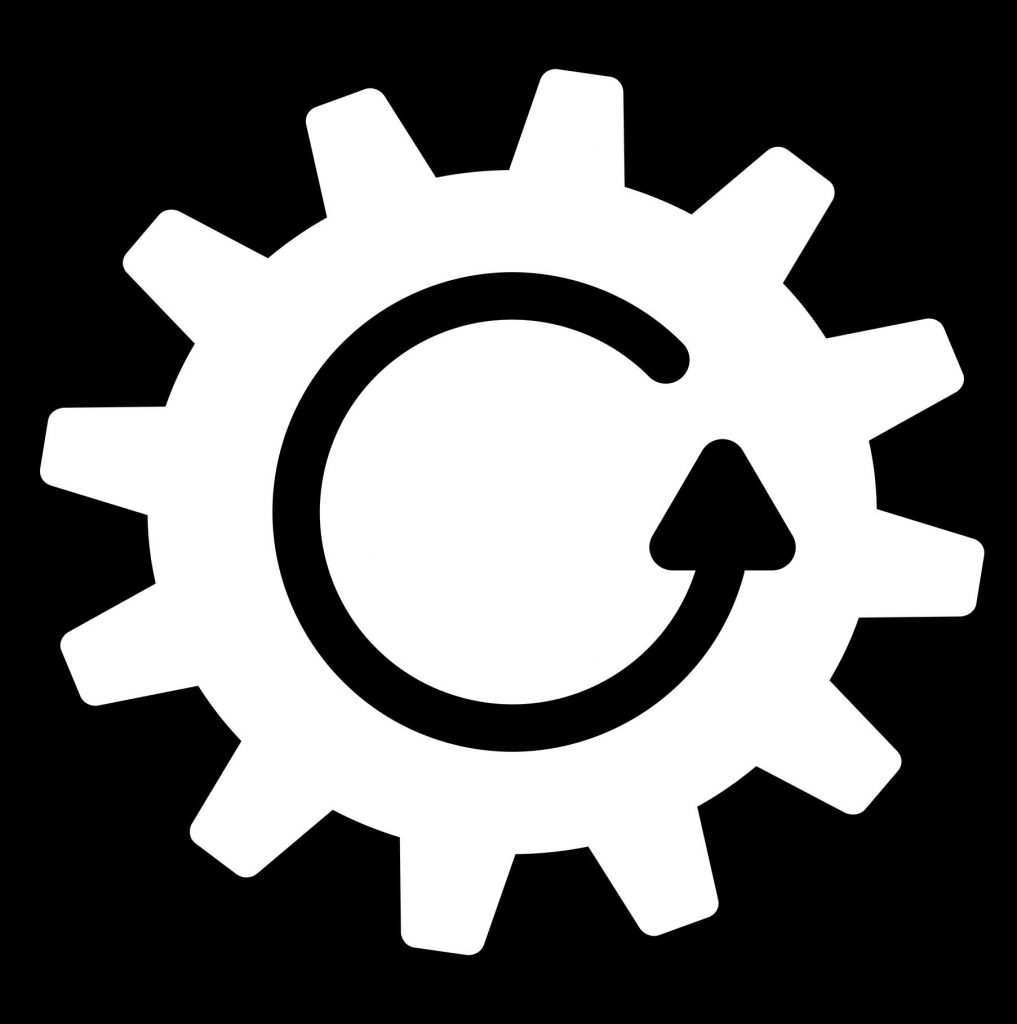How to Quickly Respond to a Motion Control Systems Issue
Motion control is a sub-field of automation that deals with the precise movement of individual parts of a machine.
What are the primary types of Motion Control Systems?
There are two different types of Motion Control Systems:

- Open Loop Systems: these systems do not use feedback.
- Closed Loop Systems: these systems use feedback to monitor and adjust themselves.
Motion Control Systems are used in many applications and industries.
Motion Control Systems involves the following components:
- a servo/stepper drive
- a servo/stepper motor
- a gearbox/actuator
- an encoder (for closed loop feedback)
- electrical cables (for power and data)
- an end effector (for directly interacting with the parts being handled or assembled)
The components above are used in applications where power, torque, force, efficiency, velocity, acceleration, and accuracy of positions are important. When working with a Motion Control System, mechanical, electrical, and software troubleshooting skills will be quite valuable. When troubleshooting a Motion Control System issue, it is best to assess the symptoms first.

With a full understanding of the symptoms, a diagnosis of the root cause can be developed. Computer log files and data historians can be a good place to start. Applications may contain their own log files, which can provide valuable insight when troubleshooting. For recurring issues, setting up a data logger and/or video/audio recording equipment may help to capture the issue when a technician is not present. Make sure the operators that observe the issue note the precise time when the issue occurs. This allows you to go back and examine the log files.
If you are not certain of the root cause of the issue, follow the process of elimination below:
This is especially important if the original issue caused the machine to crash and resulted in other damage that disguised that root cause. (Be sure to follow all applicable safety procedures while troubleshooting).
- Begin by confirming that the following electrical and mechanical hardware and components are undamaged and behaving normally:
- Fuses
- Circuit Breakers
- Motor Starters
- End-Effectors
- Manipulators
- Pneumatics
- Hydraulics
- Rails
- Lead screws
- Belts
- Chains
- Gears
- Bearings
- Shaft keys
- Shear pins etc.
- The cables are the next most likely point of failure because they begin to break internally after an approximate number of flexing cycles: This can easily cause intermittent issues that only appear while the cables are flexing. Temporarily swap the power and encoder cables with those from an identical motor that is still functioning properly or with cables that are new. If this resolves the issue, then you know it’s time to replace those cables.
- The next most likely culprits are the feedback devices: They may have worn out. They are also somewhat fragile, so they may have been damaged if the machine crashed. They may have forgotten where their home positions are. Check the home position of the axis and recalibrate it if necessary. If the issue persists, then temporarily swap the encoder with an identical one that is still functioning properly or with one that is new. Recalibrate the home position for the temporary encoder and test for the issue. If this resolves the issue, then it may have been a combination of the cables and the encoder.
- The next most likely source is the motor itself: The bearings or brakes might be wearing out or the motor may have been damaged in a crash.
- The last things to check are the software, firmware, program, and the servo/stepper drive itself: Unless someone was recently working on the program or updating the firmware, they’re unlikely to be at fault. The drive is the most fragile component, but it should have been installed in a proper electrical enclosure to protect it.
What can I do if I have questions regarding Motion Control Systems?
At JHFOSTER, one of our engineers can help you implement a Motion Control System for your specific application. Our expertise is in collaborating with our clients to help them achieve optimal performance in their facilities. JHFOSTER is a UL508A systems integrator for your automation needs and a leading distributor of components for automated systems and robotics.
A JHFOSTER representative is available at 651.998.7294 or 855.688.0043
